Bible Archeology
Now let’s talk about Archeology. I love Archeology. This is a picture from Northern Israel. A ruin in a town called Beit She’an (Bēṯ Šəʾān). It is at the junction of the Jordan River and the Jezreel Valley.
It has been known by other names but it would have been part of Decapolis or the area of the ten cities during the time of Jesus. Jesus would mostly likely have traveled through or near this town almost every time he went from Galilee to Jerusalem and back.
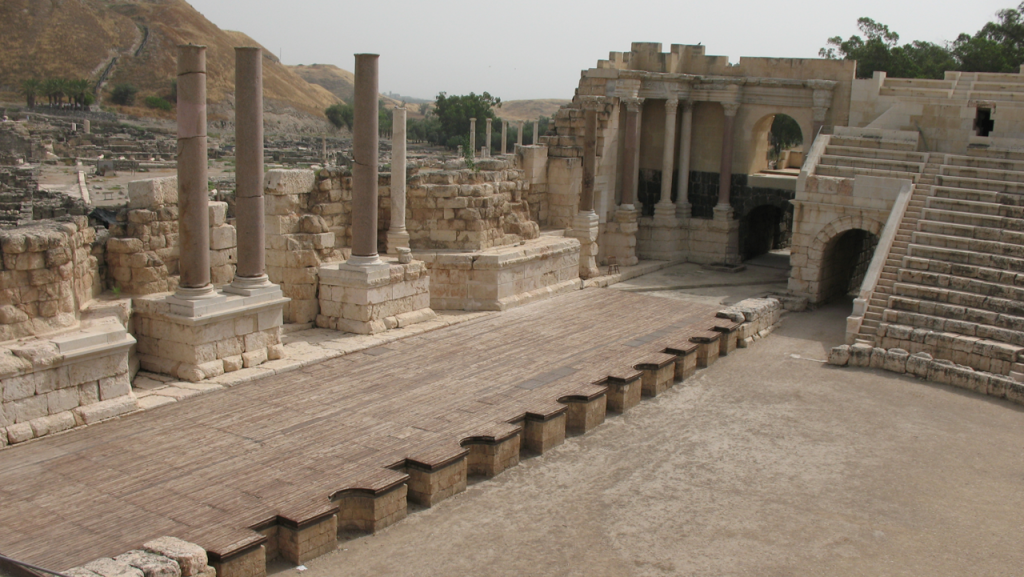
Historians often doubt the Bible. The names, times and places. One such doubt was Pilate. It was argued that no such person ever existed proving the gospel accounts false.
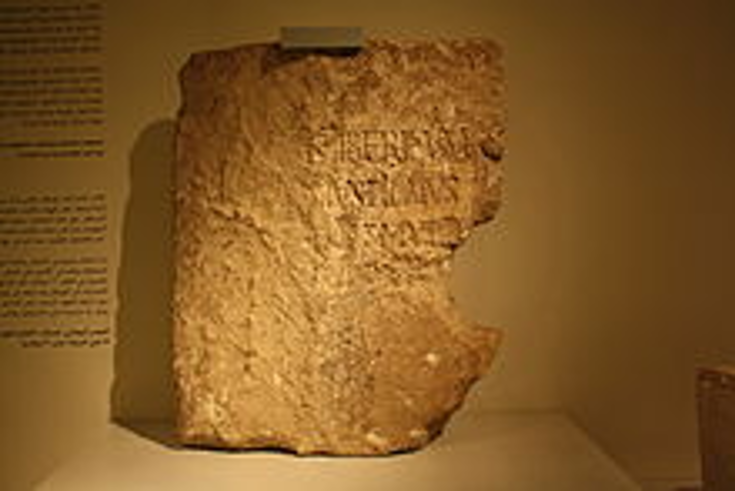
Then in 1961 at an archeological site of Caesarea Maritima they found this. The Pilate stone is a damaged block of carved limestone with a partially intact inscription attributed to, and mentioning, Pontius Pilate, as the prefect of the Roman province of Judea from AD 26 to 36. Bible one, skeptics zero. Very cool huh.
Some have doubted the historicity of the old testament. Especially the history of the nation of Israel. Another important find is the Merneptah (Merenptah) Stele (a stele is a wooden slab or stone) (also called the Israel Stele). This was discovered at Thebes in 1896 and is housed in the Cario Museum. This contains the earliest extrabiblical mention of the name “Israel” thus far known. It depicts a victory of an Egyptian Pharoah over Israel sometime around 1213-1203BC.
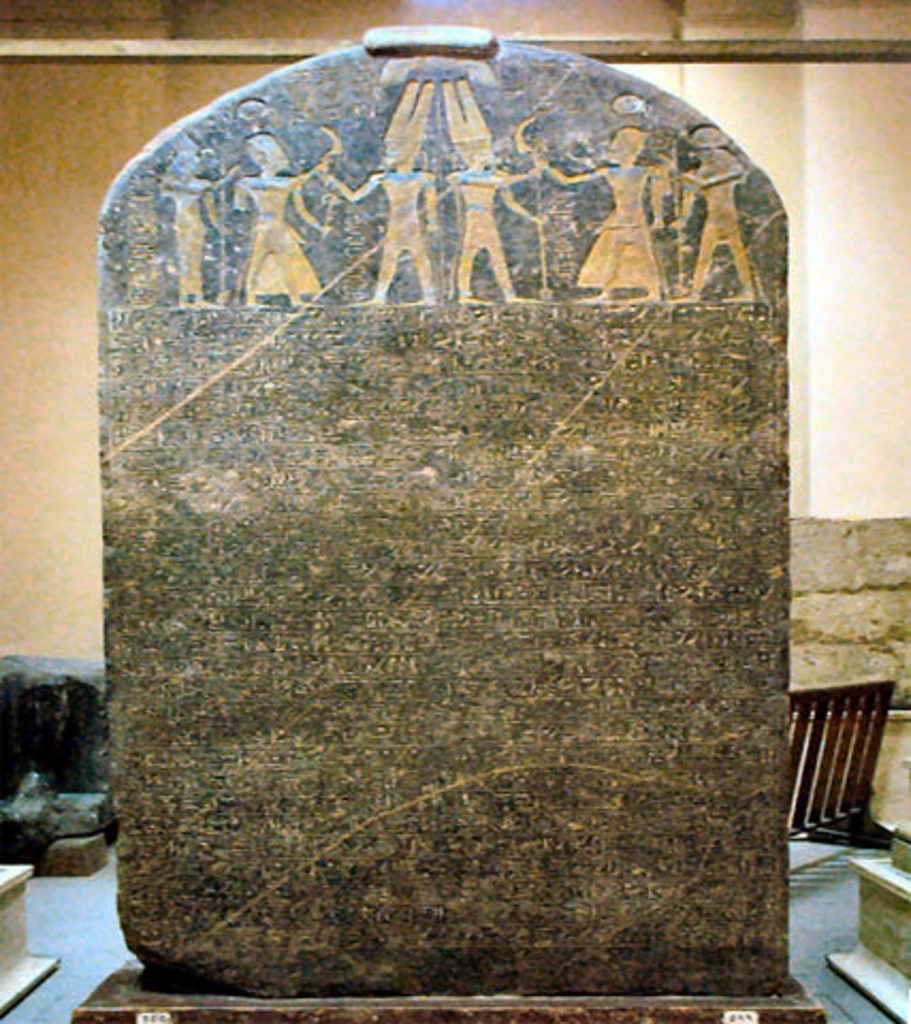
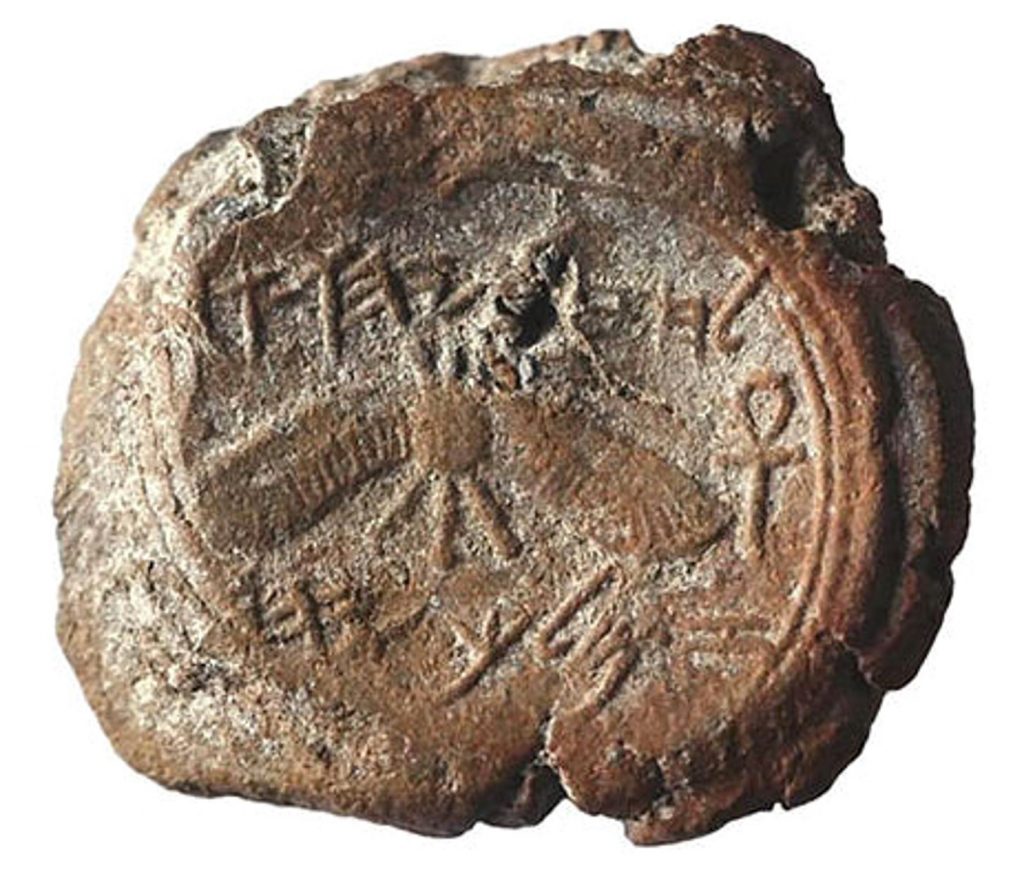
Another amazing archeological find is this. How about one more seal – this one from King Hezekiah. Hezekiah, son and successor of Ahaz and the 13th king of Judah (king from about 715-686 BC) is mentioned numerous times in the Bible.
Another amazing archeological find is this on the Black Obelisk of Shalmaneser III dated around 827BC. It was found in 1846, in Nimrud, Iraq and is a 6 ½ foot tall 4-sided pillar. It reports in pictures and words the conquests of Assyrian King Shalmaneser III, including that of its enemy the Israelites.
Another amazing archeological find is this on the Black Obelisk of Shalmaneser III dated around 827BC. It was found in 1846, in Nimrud, Iraq and is a 6 ½ foot tall 4-sided pillar. It reports in pictures and words the conquests of Assyrian King Shalmaneser III, including that of its enemy the Israelites.
Here is another picture of the Black Obelisk of Shalmaneser III. This is very interesting as it depicts King Jehu of Israel, kneeling down and bringing tribute to the Assyrian king, Shalmaneser III. King Jehu’s reign is mentioned in 2 Kings 9-10, even though the tribute is not. This is the only know picture of King Jehu of Israel.

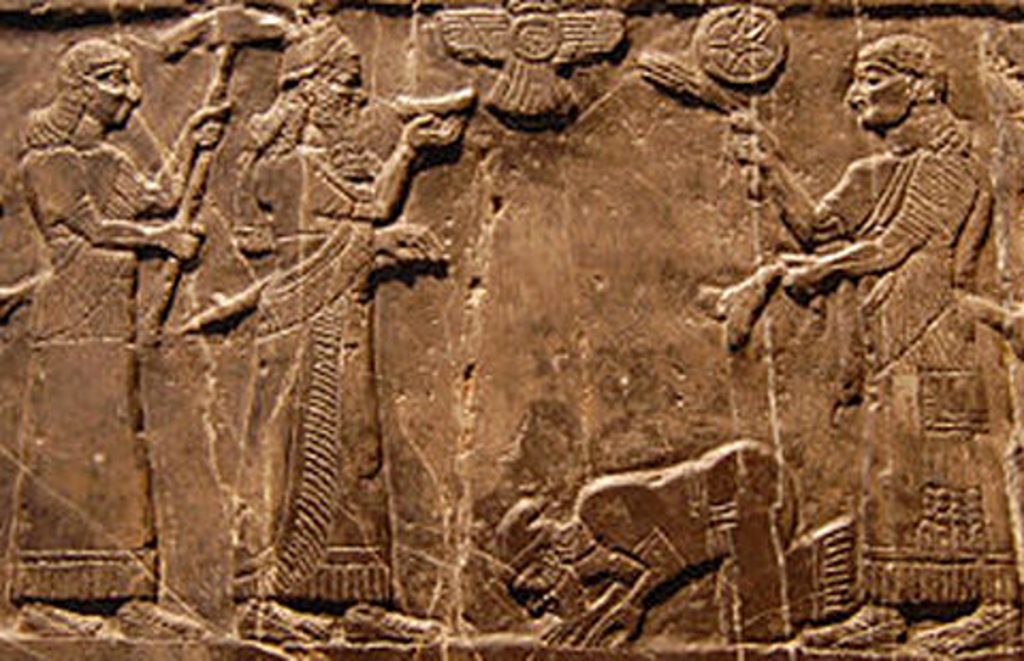
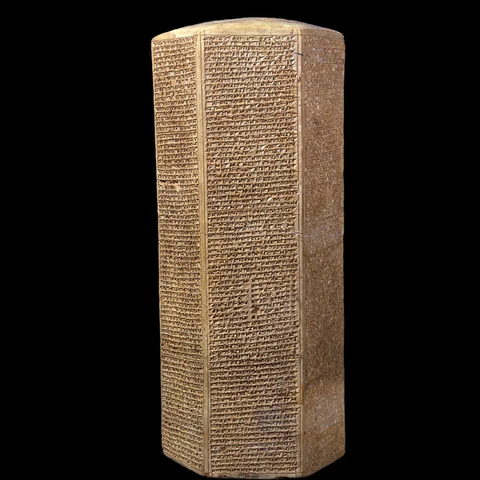
Here is another. The SENNACHERIB PRISM. Sometimes referred to as the Taylor. This discovery corroborates events spoken about in Isaiah 36 and 37 (also 2 Chron. 32) confirming Sennacherib, the king of Assyria’s rising up against Hezekiah. This is a 15-foot tall, six-sided baked clay prism from ancient Assyria containing the story of the invasion of the kingdom of Judah by Sennacherib in 701 BC. The prism was found at Ninevah.
Most of us know about this one. The Dead Sea scrolls. Dead Sea Scrolls Here we have one of the most important finds in biblical archaeology news.

The Dead Sea Scrolls are actually hundreds of scrolls and scraps that date between 300 BC and AD 70. The significance of this find cannot be overstated. Pictured below is the book of Isaiah, which was found very much intact. The first of these scrolls was found in 1947 in caves in the Qumran area near the Dead Sea about 7 miles south of Jericho. About 1/3 of the scrolls contain copies of portions of Old Testament books (every Old Testament book except Esther).
These copies are over 1,000 years older than most of the manuscripts scholars previously had available for study and translation.
This finding shows that the Old Testament was copied very accurately over the centuries. Our current Old Testament translation (that is for sale in stores today) is extremely close to this early copy, thousands of years old.
What about Jericho. The picture shows Bryant Wood, former professor of Near Eastern Studies at the University of Toronto, however, began to work there in the late 90s and into the turn of the century, and found exactly what they said didn’t exist. He found the Cypriote pottery showing a more prosperous part of the city. Not only that, he also found a continuous series of Egyptian scarabs with dated inscriptions on the bottom. To add to it, he found the remains of a fortified tower, and storage containers that were indicated to be full of grain at the time that it was burned. Normally, the grain would be taken by the conquering people but we know from the biblical account that they were commanded not to take things from Jericho. Here is one of the pottery pieces pictured below. Archaeology and the Bible support one another very well.
Joshua Ch. 3 tells us that the Israelites “carried the ark and came into the Jordan. So according to the Bible, they attacked Jericho during the days of the harvest, and so at harvest the storage containers would be full. Finding full containers at Jericho means that the people of Jericho were not planning on leaving and did not flee. Otherwise they would’ve taken their provisions with them. According to the Bible, they were attacked swiftly and that is exactly what we find. Perhaps most importantly, there was one portion of the wall that was still remaining.
Dr. Wood found a small portion of the north wall still standing with houses built against and into this wall. We look at the picture at the one portion of the wall still standing, and we see the house. Whose house was this? Let’s look at the scriptures. Joshua Ch. 2:15 says, “Then she (Rahab) let them down by a rope through the window, for her house was on the city wall, so that she was living on the wall…” and she was promised (Rahab) that her house would be preserved, and sure enough, it is the only spot that is still left.
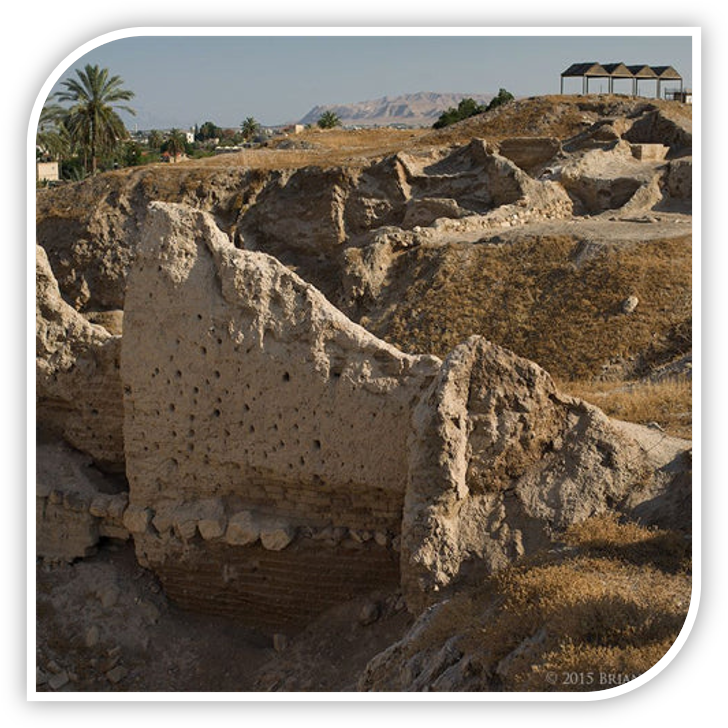
This is the end of How to Defend your Faith Session 10: Hidden Science (Part 3 of 4)


